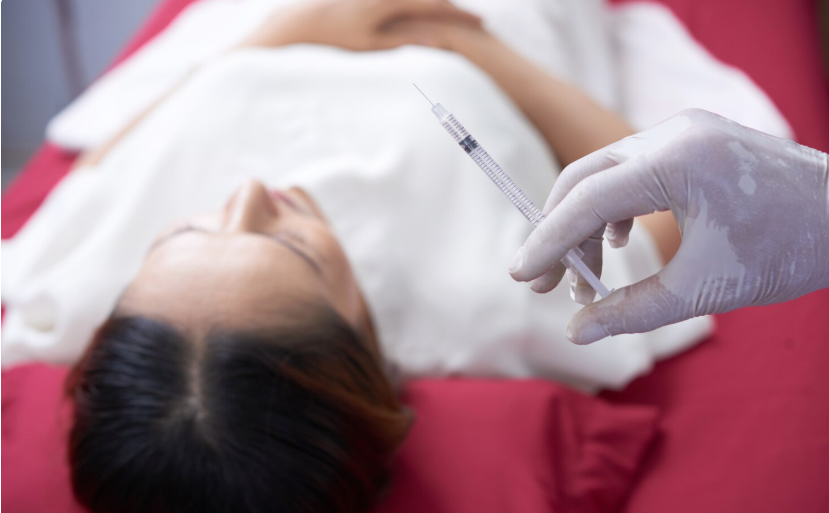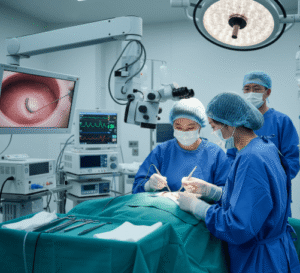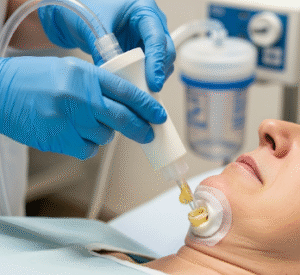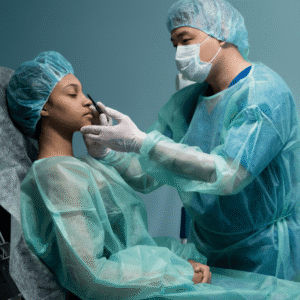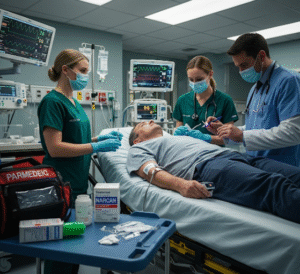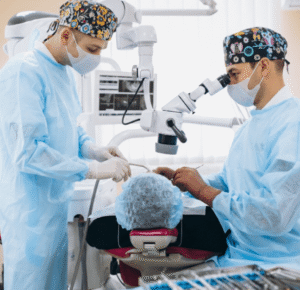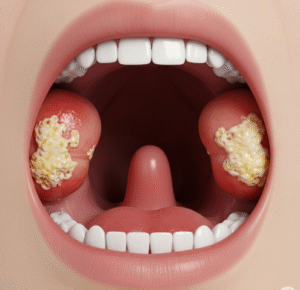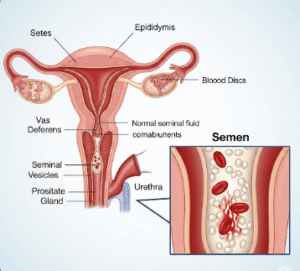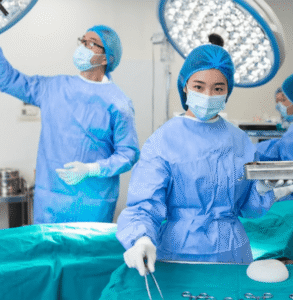What It Is
Total capsulectomy is a surgical procedure that removes both the breast implant and the entire fibrous capsule of scar tissue that naturally forms around it. This procedure is often chosen by patients experiencing complications such as capsular contracture, chronic pain, implant rupture, or breast implant illness (BII).
In Korea, surgeons perform total capsulectomy using advanced techniques that focus on complete removal of the capsule, minimizing trauma, and restoring breast health. The procedure can be combined with implant replacement, fat grafting, or mastopexy (breast lift) depending on patient goals.
Why It’s Done
Patients undergo total capsulectomy because:
- They have capsular contracture causing hardness, pain, or distortion.
- The implant has ruptured or leaked, especially silicone implants.
- They suspect or have been diagnosed with breast implant illness (BII).
- They want complete removal of both implant and capsule for health or peace of mind.
- They want to switch to a different implant or natural alternatives.
Good candidates include:
- Patients with significant implant-related complications.
- Women seeking full removal of scar tissue for medical or personal reasons.
- Individuals in good health able to undergo general anesthesia.
Alternatives
- Capsulotomy: Surgical release of the capsule without removal (less invasive, but not suitable for severe cases).
- Partial capsulectomy: Removal of part of the capsule only.
- Explant without capsule removal: Leaves scar tissue in place but may not resolve all symptoms.
- Fat transfer augmentation: For patients who want natural volume after implant removal.
Preparation
Before total capsulectomy in Korea, patients will:
- Undergo consultation, breast imaging (ultrasound or MRI), and lab work.
- Stop smoking and alcohol 2–4 weeks before surgery.
- Avoid blood-thinning medications and certain supplements.
- Discuss whether implants will be replaced, or if a lift or fat grafting will be performed simultaneously.
- Prepare for several weeks of recovery.
How It’s Done
- Anesthesia: General anesthesia is required.
- Incision: Usually made through existing scars or inframammary folds.
- Capsule removal: The surgeon carefully separates and removes the entire capsule along with the implant.
- Implant replacement or alternatives: New implants, fat grafting, or breast lift may be performed.
- Closure: Fine sutures are used, with drains placed in some cases.
- Duration: 2–4 hours depending on complexity.
Recovery
- First week: Swelling, bruising, and discomfort are expected; compression garments are worn.
- Hospital stay: 1–2 days for monitoring, depending on complexity.
- Return to activities: Light duties in 1–2 weeks; strenuous activity avoided for 4–6 weeks.
- Healing: Scars mature over 6–12 months; breasts settle into natural shape gradually.
Possible Complications
- Bleeding or hematoma.
- Infection or delayed wound healing.
- Visible scarring, though minimized with Korean surgical methods.
- Breast asymmetry or contour irregularities if implants are not replaced.
- Numbness or changes in nipple sensation.
- Rare risks: recurrence of scar tissue if implants are reinserted.
Treatment Options in Korea
Diagnosis
Korean surgeons use ultrasound, MRI, and 3D analysis to assess capsule thickness, implant condition, and surgical planning.
Medical Treatments
- Pain management, massage, or medication for mild contracture (not effective for severe cases).
Surgical or Advanced Therapies
- Total capsulectomy with implant removal for patients choosing to remain implant-free.
- Capsulectomy with implant replacement for patients who want new implants.
- Explant with fat transfer for natural volume restoration.
- Capsulectomy with mastopexy to reshape and lift breasts after removal.
Rehabilitation and Support
- Scar care with silicone sheets, gels, or fractional laser.
- Long-term monitoring for recurrence or breast health.
- Guidance on lifestyle adjustments and supportive bras.
- International patients benefit from Korea’s specialized breast revision surgeons, advanced imaging tools, and comprehensive aftercare services.

